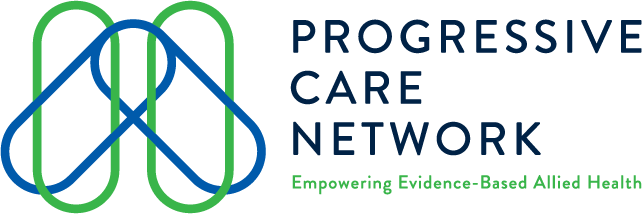Dry Needling
What Is It?
Dry needling (or deep dry needling) is a modern day adaptation of the traditional Chinese medicine technique of acupuncture. Where the Chinese theory bases the results of acupuncture on the flow of chi (qi) through the body along meridians, practitioners of Dry Needling rely on the modern day scientific understanding of trigger points and nerve responses.
All of our chiropractors and physiotherapists are trained in the application of dry needling, so book in an appointment today at a location near you.
What Can Dry Needling Help Treat?
Migraines and Headaches:
Sufferers of migraines and headaches often gain fantastic benefits from Dry Needling. A common cause of headaches is tightness of the muscles in the neck, associated with restricted joints, and these tight muscles can place pressure on structures at the base of the skull resulting in a migraine like pain called a cervicogenic headache. The diagnosis of migraines (figuring out if it is a headache or a true migraine) is not an easy task, as many of the symptoms are very similar. It is common for a migraine to be felt on one side of the head more than the other, but this can also be true of headaches where one side of the neck has tighter muscles than the other.
Dry Needling can be used to relieve the tightness in these muscles of the neck, allowing the structures at the base of the skull to relax, relieving many of the symptoms of the headache or migraine in the process. Treatment of these conditions with dry needling can help by reducing the frequency (how often), severity (how bad), or duration (how long) of a headache or migraine, or a combination of those three!
Back Pain and Neck Pain:
For patients who suffer back pain, it is very common to feel a general tightness which sometimes becomes sharp. The muscles of the back can become tight in response to pain in the joints of the spine in an attempt to support the area, this tightness can end up contributing to the back pain. Low back pain, midback pain (between the shoulder blades) and neck pain can often be treated very effectively by incorporating dry needling into the process.
Low back pain sufferers in particular often note that they feel good for a short time after an adjustment by a chiropractor, but the back pain returns within a day or so. This is because the tight muscles mentioned above can cause the joints which were just adjusted to become restricted again, by performing dry needling, we can relax these muscles and allow more long term relief from your back pain.
Shoulder Pain:
The shoulder is a highly complex structure, and determining the exact cause of shoulder pain can be a difficult endeavour as many of the parts of the joint have referral patterns to areas distant from the problem itself. Shoulder pain felt at the top of the joint, for instance, is commonly caused by a muscle called infraspinatus, which is located lower on the shoulder blade.
Treating these referral patterns with dry needling can be highly effective due to the ability to specifically locate a trigger point, and often will result in massive reductions in your shoulder pain in a very short time span. If your shoulder pain has been restricting your daily activities, sports, and hobbies, book in and see what dry needling can do for you!
What Is a Trigger Point for Dry Needling Anyway?
Trigger points are areas of dysfunction within muscles which become tender and sensitive for any of a number of reasons (including trauma, immobilisation, and overuse), thereby affecting the function of the muscle in general. These tender points may cause local pain, or even referred pain to other areas of the body (for example, sufferers of tennis elbow often feel pain in the back of the hand).
How Does Dry Needling Work?
This type of dry needling affects changes in painful trigger points in a few ways. Firstly, the mechanical force exerted by the needle can break up or stretch out tightly contracted fibres in a tight muscle band; second, the nervous response to the needle being inserted results in reflex relaxation of these trigger points; and third, there is a biochemical response where hormones are released in response to the needle, which have a number of effects that include pain moderation and inflammation control.
By eliminating these trigger points, the overall function of the muscle targeted is improved. This has positive effects for muscle action (strength/speed of contraction), pain outcomes, and flexibility. Book in for a treatment today and see how we can help you reach your goals!
